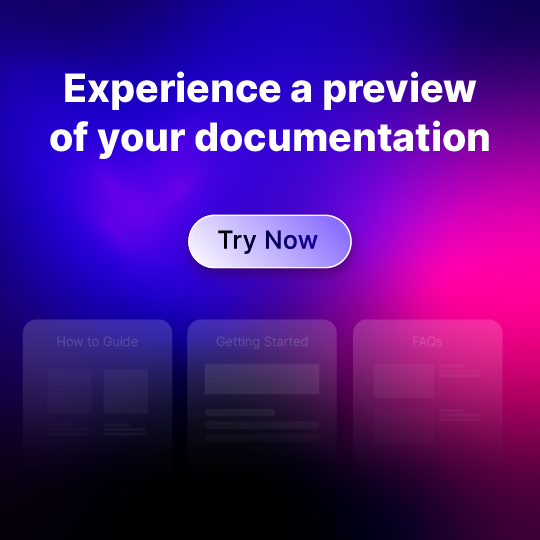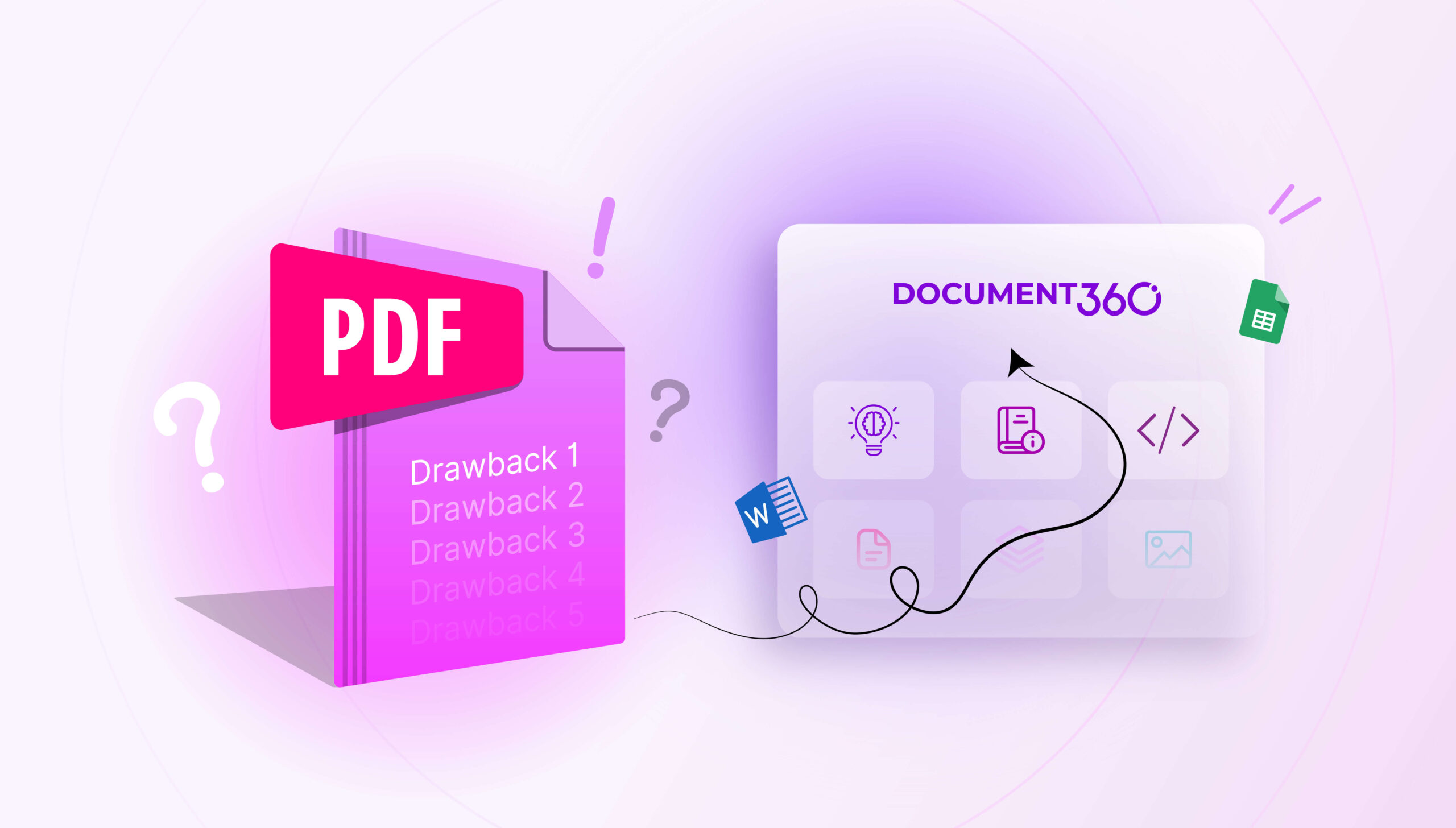The COVID-19 global outbreak means that many businesses are shifting to online onboarding practices. Without the right technology in place, you’ll struggle to onboard your new employees virtually and deliver a poor first impression of your company.
The fundamental components of onboarding should remain the same – new employees still need to sign and return their contracts, get to grips with training materials and gain access to the tools they need to do their job.
Training new employees is essential for business success – no matter how experienced your new hire is, they still need help to learn the ropes in your company and attain full productivity.
Why is onboarding important?
There are many good reasons to invest in your onboarding process. Organizations with a standard operating procedure experience a 62% boost in new hire productivity as well as a 50% increase in new hire retention.
On the flip side, employees who have a negative onboarding experience are two times more likely to look for other career opportunities. When you consider that the average employer spends $4000 and 24 days to hire a new employee, it starts to get really expensive, really fast.
Unfortunately, 88% of employees don’t believe that their organization does a good job of onboarding. There is a lot of room for improvement.
Also Read: How to Create an Effective Product Onboarding Process
How to communicate with new hires
Just because onboarding has shifted to a remote environment, doesn’t mean the quality has to suffer. And it’s not about the amount of money you spend, either – it doesn’t have to cost an arm and a leg to train new employees.
As we’ve mentioned, organizations can spend thousands of dollars on training new hires. And the costs start to spiral when onboarding is not successful and that new employee looks for another job. Luckily, there is a way to decrease onboarding costs – an internal knowledge base for your employees to find essential information like policies, procedures, contact details, and more.
Here are the benefits of an employee knowledge base for your new hires.
1. First-hand access to information
Onboarding a new employee can take weeks, and a popular route is classroom training – which is not possible in the COVID-19 era.
Instead, new employees can use your internal knowledge base to access all the information they need in just a few clicks. Content is available from anywhere as all they need is the link to your knowledge base and their login details.
This ease of use promotes your knowledge base to your new hires, who don’t have to search high and low for the information they need.
2. Minimizes information overload
Your new hire is likely to be overwhelmed when they first start their new job. There’s so much for them to learn and so a knowledge base can be a streamlined tool that offers information in an easy-to-digest way.
You can offer short articles, manuals and how-tos for your new hires so they can absorb just the required information they need and no more.
It also reduces the burden on the rest of your employees to answer questions for your new hires. Instead of requiring them to take time out from their job to help your new employees, the answers are readily available in your knowledge base.
3. Encourages internal collaboration
A knowledge base is not only beneficial for your new employees but fosters internal collaboration among your seasoned pros. They will be encouraged to document their knowledge ready for use by coworkers instead of hoarding the knowledge in their heads.
Your internal knowledge base becomes a single source of truth for your organization and captures knowledge in case employees leave. Your new employees are well-placed to evaluate the effectiveness of the knowledge base and they can let you know if the content has met their needs.
Also read: Employee intranet: Why does it matter to your employees?
4. Enables location independent learning
Since offices are closed during COVID-19, a knowledge base allows your employees to access their training materials from home. There’s no need for face-to-face training if you have an online knowledge base that can be accessed through a computer or phone.
The advantage of location independent learning is that your employees can learn at their own speed. In contrast to in-person training sessions, the employee can review the materials in their own time which may be faster or slower than others.
5. Eliminates errors
When information is passed during live training sessions, there is always the possibility that the instructor will make a mistake. Since hiring never stops, the onboarding process has to be repeated many times, which can be emotionally and financially taxing.
If information is stored in a knowledge base, you have full visibility and can update content as and when it needs changing. The likelihood of mistakes being made is reduced and new hires know they are getting the most up-to-date information.
Other tools for remote onboarding
Hopefully now you’ll be convinced of the importance of having a knowledge base for your remote onboarding strategy. It not only saves you time but enables employees to have instantaneous access to all the information that they need. A knowledge base is an affordable solution for your remote onboarding and you can get set up in just a few clicks.
An intuitive knowledge base software to easily add your content and integrate it with any application. Give Document360 a try!
Get Started
Beyond your knowledge base, there are a few other tools you need for remote onboarding.
Online training software
Online training software or Learning Management Systems can complement your internal knowledge base software because it allows your instructors to pre-record training sessions for your new hires to consume anytime and anyplace.
Companies nowadays focus on employee development in the workplace and a Learning Management System allows you to monitor employees’ progress from a centralized dashboard
They also have the option to host live training sessions with access to interactive features like online whiteboards, screen-sharing, breakout rooms, and chats, which makes the learning process more engaging.
Video conferencing software
Just because your employees can’t meet face-to-face in the office doesn’t mean you can’t still see each other. Instead, use video conferencing software to introduce your new hires to their coworkers to build those all-important relationships.
Video conferencing mimics in-person interactions since participants can make eye contact and read facial expressions. It’s the best alternative to the in-person interactions that normally take place during the onboarding process, and allows your new hire to feel part of the team.
Best practices for remotely onboarding employees
Here are some of the things you should do when remotely onboarding your new employees:
Engage your new hires before they start with your company. Make your employees feel like they are already part of your organization by sending a company swag bag or a book for them to read that embodies your culture.
Recreate as many face-to-face interactions you can with video conferencing software. You might host an onboarding meeting, a zoom lunch, or a virtual happy hour.
Communicate and engage with your new hire as much as possible. Create a sense of belonging with your communications and give them opportunities to engage with other team members.
Introduce your company culture to your new hire – whether that’s through virtual lunches or happy hours, or online games and competitions. Use a mentorship program so the new hire feels engaged in your company and its culture.
Make use of essential technology such as knowledge bases and Learning Management Systems to impart information to your new hires.
What to avoid when remotely onboarding employees
We’ve gone through the correct way to onboard employees, so now we’ll look at some things to avoid:
Don’t assume that the way you used to onboard new employees is the only correct way. Be open to change and create a new onboarding strategy that works in a remote environment.
Don’t assume that your current managers know how to onboard using remote tools. Invest in training from HR to ensure that everyone knows what is expected of them.
Don’t delay in implementing your remote onboarding strategy – the time to act is now.
Don’t hire candidates who lack a strong independent work ethic. You won’t be around to motivate them so they will have to be engaged workers who don’t require much accountability.
Final remarks
Don’t overlook the potential of a knowledge base to help you train your new employees and get them up to speed. Combine it with a Learning Management System and video conferencing software to give new hires the onboarding experience they deserve.
COVID-19 has presented many challenges to HR professionals but with the right software, you can rise to the challenge and implement a remote onboarding strategy that works. This has a positive impact on employee retention and productivity, saving your organization money and time.
An intuitive knowledge base software to easily add your content and integrate it with any application. Give Document360 a try!
Get Started





 –
– 

